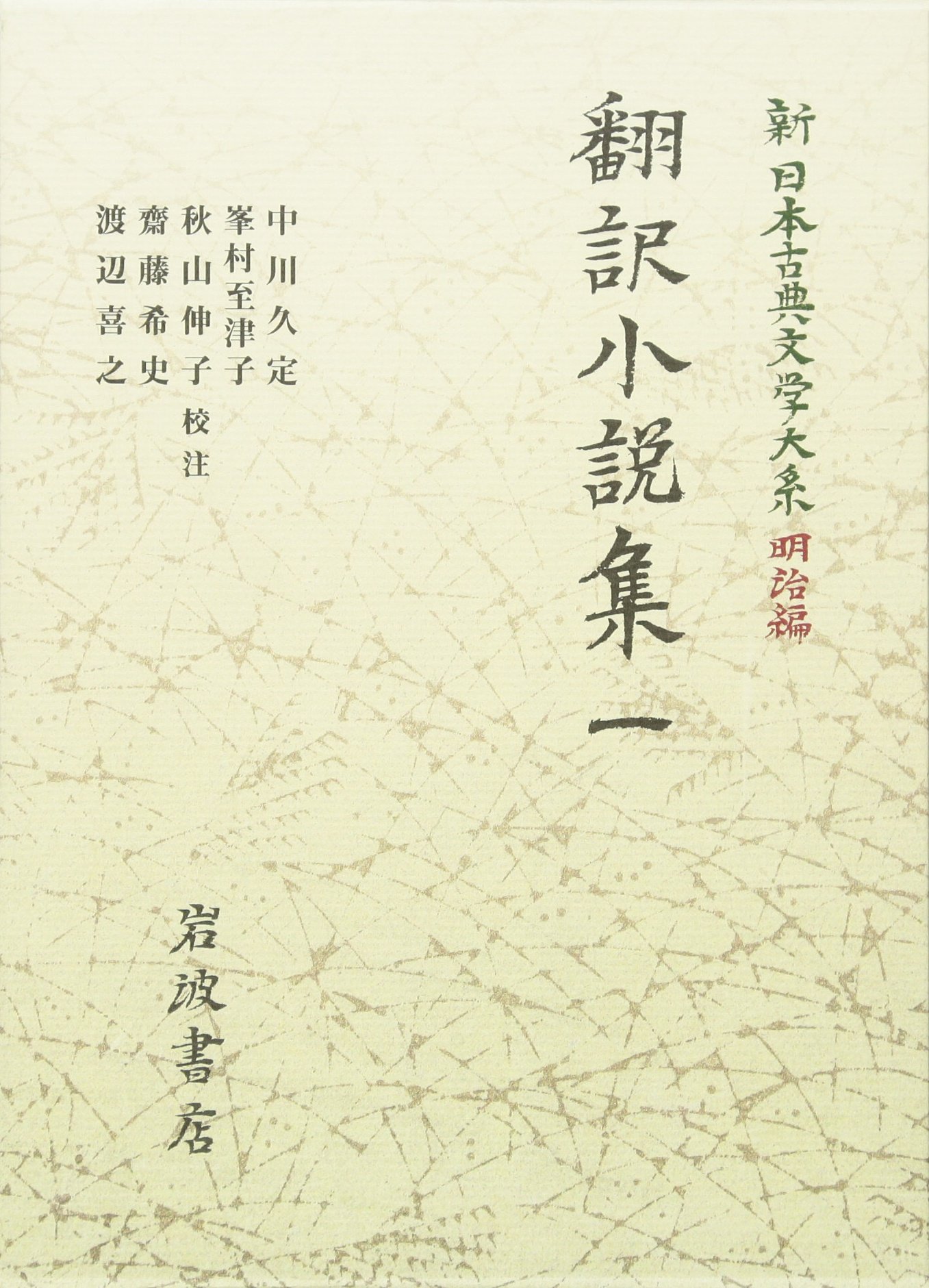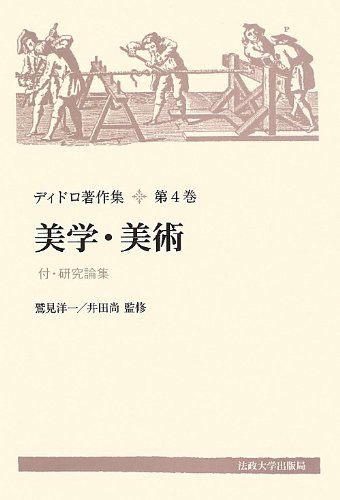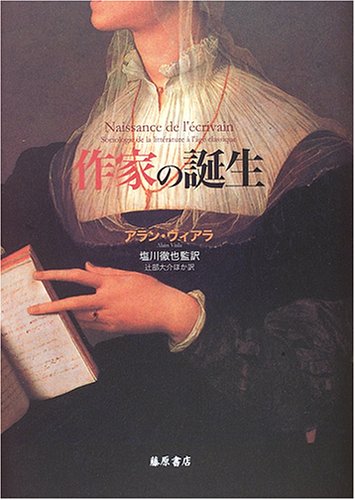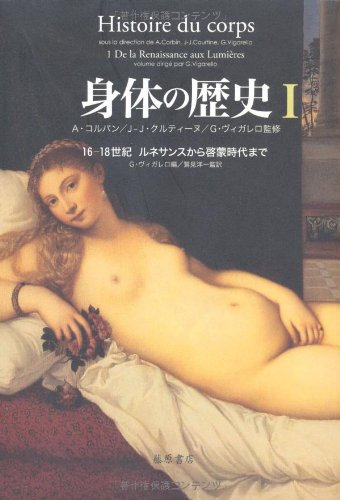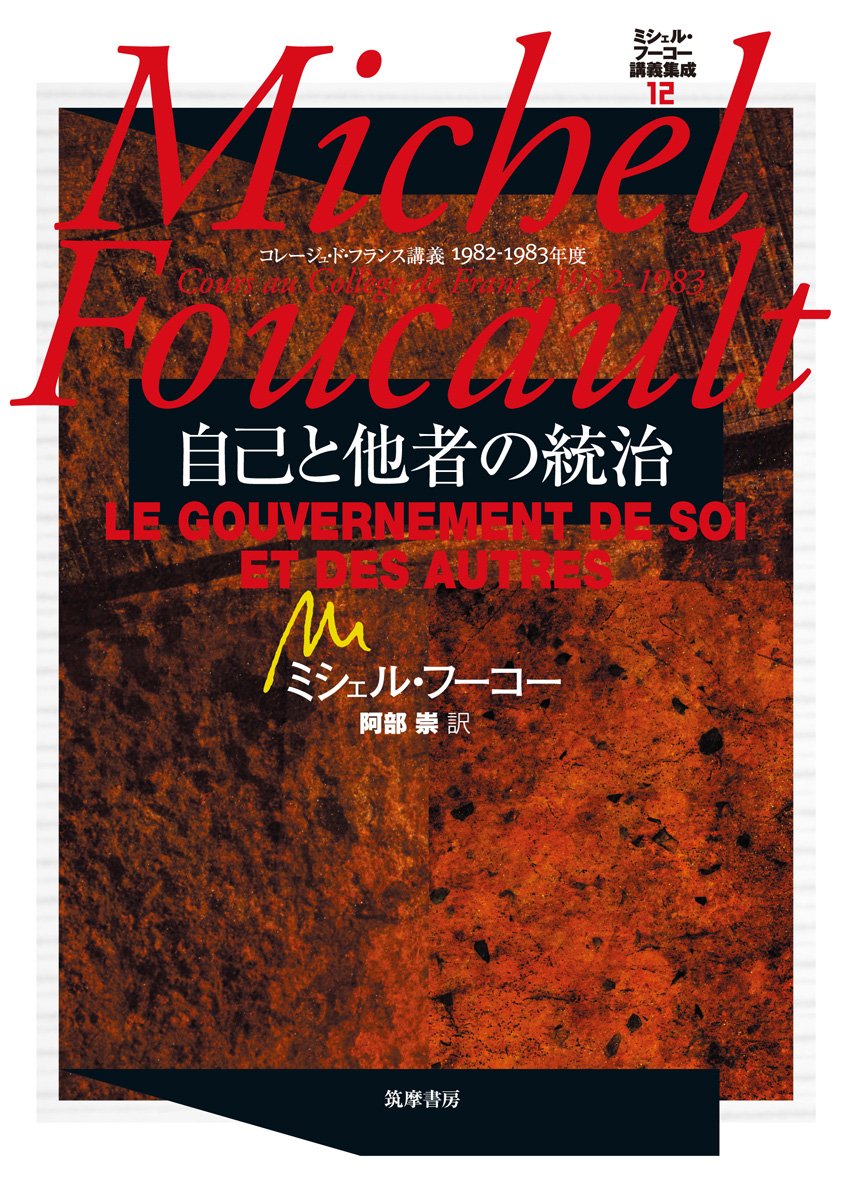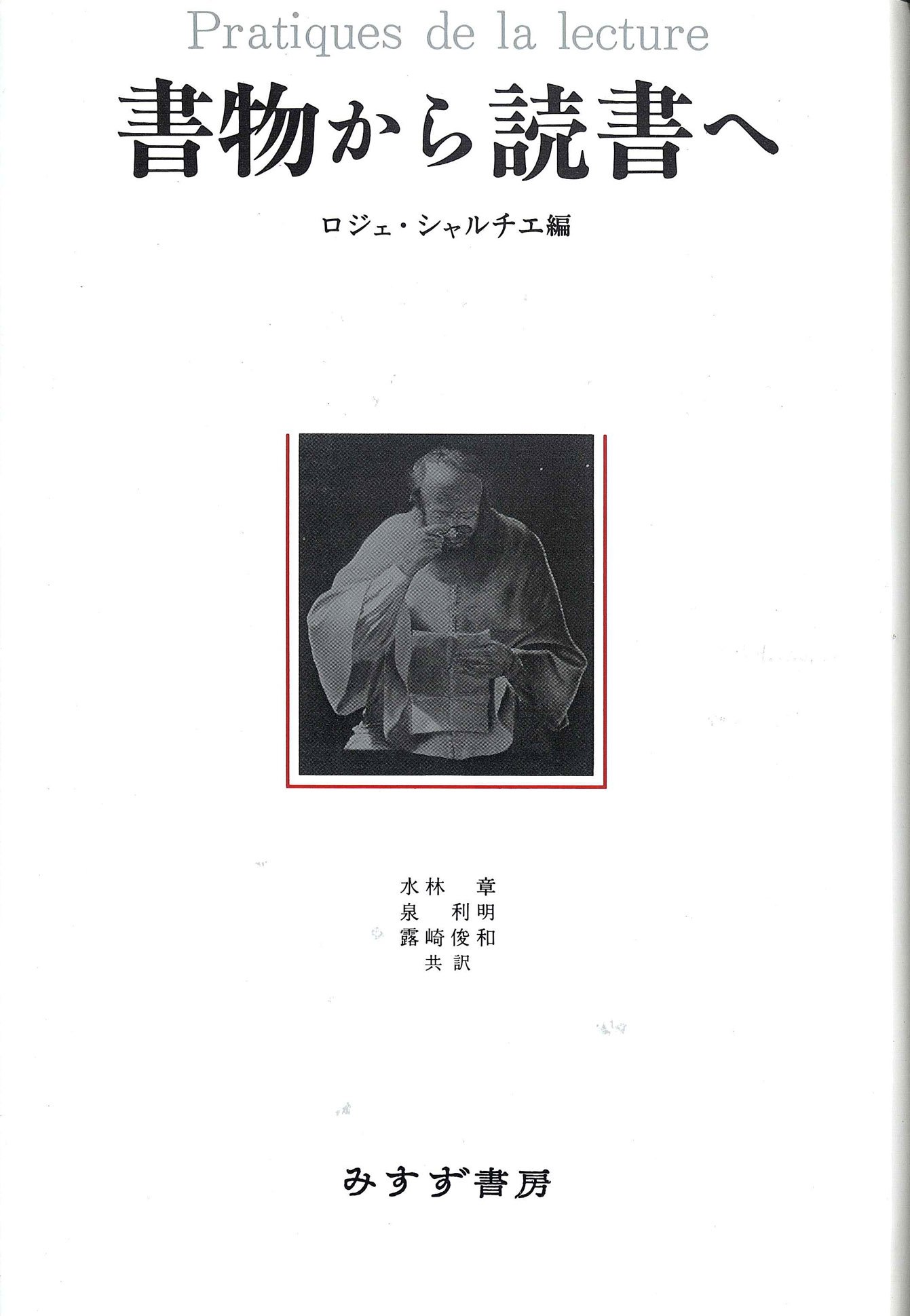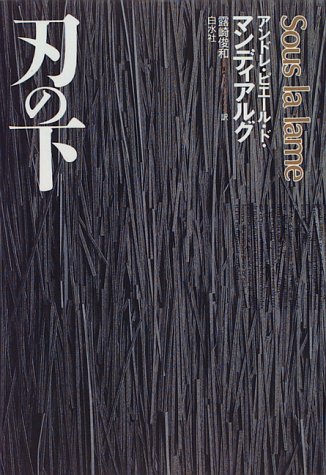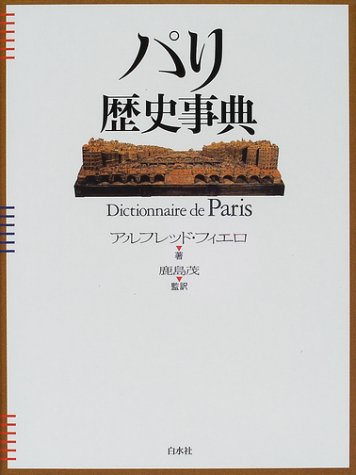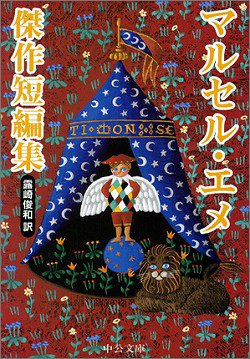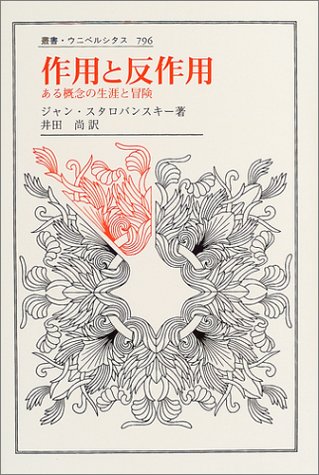- ホーム
- 学部・大学院
- 文学部
- フランス文学科
- 図書紹介-フランス文学科教員による著訳書から (フランス文学科)
- 図書紹介:翻訳 (フランス文学科)
図書紹介:翻訳
- MENU -
LIVRES(TRANSLATION) 図書紹介:翻訳
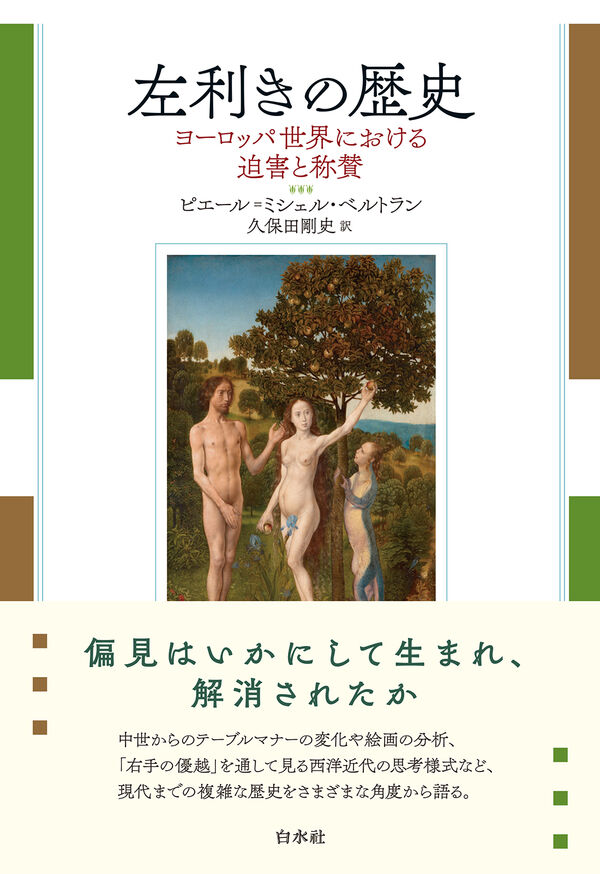
左利きの歴史――ヨーロッパ世界における迫害と称賛
ピエール=ミシェル・ベルトラン 著 久保田 剛史 訳(白水社、2024年7月刊)
-
 偏見はいかにして生まれ、 解消されたか ヨーロッパの歴史において、左手は「邪悪な手」とされ、左利きは差別されてきた。ヨーロッパの諸言語には、右を「縁起の良いもの」、左を「不吉なもの」とした慣用表現が多く見られる。さらには、古代の呪術的信仰からキリスト教にいたるまで、右は「聖」もしくは「善」の象徴、左は「不浄」もしくは「悪」の象徴とされてきた。中世やルネサンスの名画でも、エバはしばしば禁じられた木の実を左手でもいでいる。 ただし、現代スポーツのサウスポーを待つまでもなく、たとえば戦闘において左利きの存在が有利に働く場面があることは古代から認識されていた。一方、平等の名のもとに不寛容が広まった時代もあり、偏見の裏返しとして左利きを天才と結びつける傾向も存在する。偏見から解消への道のりは紆余曲折あった。本書は、人文科学、社会科学、自然科学のさまざまな分野を横断しながら、左利きの人たちに対する寛容と不寛容の歴史を明らかにしていく。 中世からのテーブルマナーの変化や、美術史家は絵画からどうやって画家の利き手を見分けるのか、「右手の優越」を通して見る西洋近代の思考様式など、興味深い話が満載の文化史。
偏見はいかにして生まれ、 解消されたか ヨーロッパの歴史において、左手は「邪悪な手」とされ、左利きは差別されてきた。ヨーロッパの諸言語には、右を「縁起の良いもの」、左を「不吉なもの」とした慣用表現が多く見られる。さらには、古代の呪術的信仰からキリスト教にいたるまで、右は「聖」もしくは「善」の象徴、左は「不浄」もしくは「悪」の象徴とされてきた。中世やルネサンスの名画でも、エバはしばしば禁じられた木の実を左手でもいでいる。 ただし、現代スポーツのサウスポーを待つまでもなく、たとえば戦闘において左利きの存在が有利に働く場面があることは古代から認識されていた。一方、平等の名のもとに不寛容が広まった時代もあり、偏見の裏返しとして左利きを天才と結びつける傾向も存在する。偏見から解消への道のりは紆余曲折あった。本書は、人文科学、社会科学、自然科学のさまざまな分野を横断しながら、左利きの人たちに対する寛容と不寛容の歴史を明らかにしていく。 中世からのテーブルマナーの変化や、美術史家は絵画からどうやって画家の利き手を見分けるのか、「右手の優越」を通して見る西洋近代の思考様式など、興味深い話が満載の文化史。

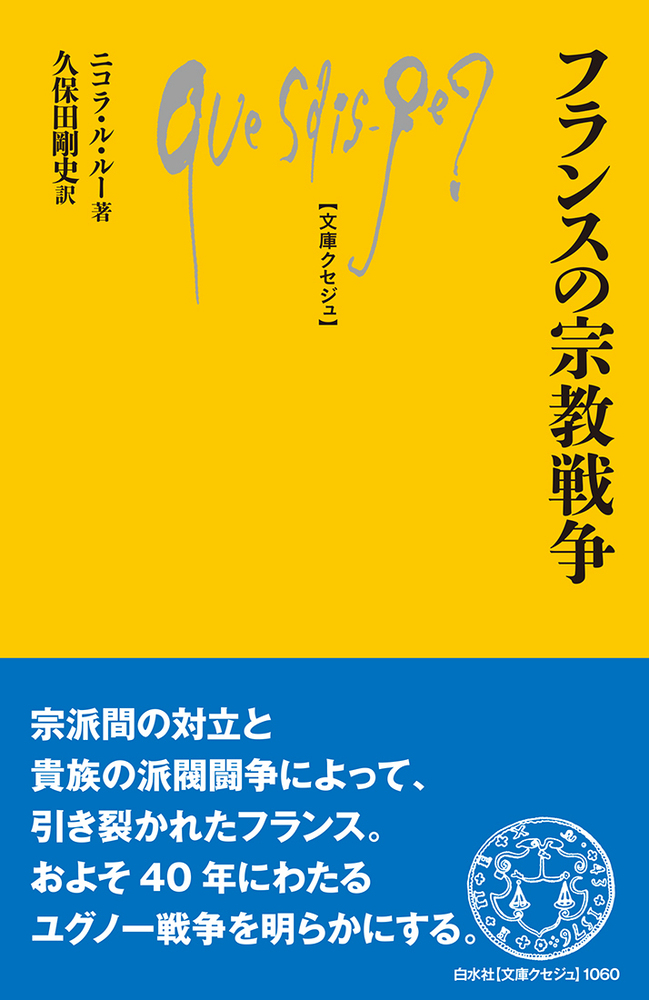
フランスの宗教戦争
ニコラ・ル・ルー 著 久保田 剛史 訳(白水社、2023年8月刊)
-
 1562年から1598年のあいだ、フランスで八度にわたる宗教戦争が繰り広げられた。これは宗教間の対立であるとともに、貴族間の派閥闘争でもあった。 16世紀初頭、ルターの思想がフランスにも広まりはじめた。この時代は、印刷術が目覚ましく発展した時期であり、フランス語に翻訳された聖書によって、人びとは神の言葉を直接読むことが可能になった。このキリスト教の原初的純正への回帰は、旧教会への「抗議」となる。一方で、印刷術は風刺や誹謗文書にも使用され、人びとの政治意識は高まり、前例のない戦争へと発展していった。陰謀、暗殺、檄文……。貴族たちはつねに剣を身につけ、ためらうことなく刀を抜くようになり、かつての騎士道精神は失われていった。 本書は、フランス社会が著しく政治化されていくなかで、宗教戦争が果たした役割を描き出す。
1562年から1598年のあいだ、フランスで八度にわたる宗教戦争が繰り広げられた。これは宗教間の対立であるとともに、貴族間の派閥闘争でもあった。 16世紀初頭、ルターの思想がフランスにも広まりはじめた。この時代は、印刷術が目覚ましく発展した時期であり、フランス語に翻訳された聖書によって、人びとは神の言葉を直接読むことが可能になった。このキリスト教の原初的純正への回帰は、旧教会への「抗議」となる。一方で、印刷術は風刺や誹謗文書にも使用され、人びとの政治意識は高まり、前例のない戦争へと発展していった。陰謀、暗殺、檄文……。貴族たちはつねに剣を身につけ、ためらうことなく刀を抜くようになり、かつての騎士道精神は失われていった。 本書は、フランス社会が著しく政治化されていくなかで、宗教戦争が果たした役割を描き出す。

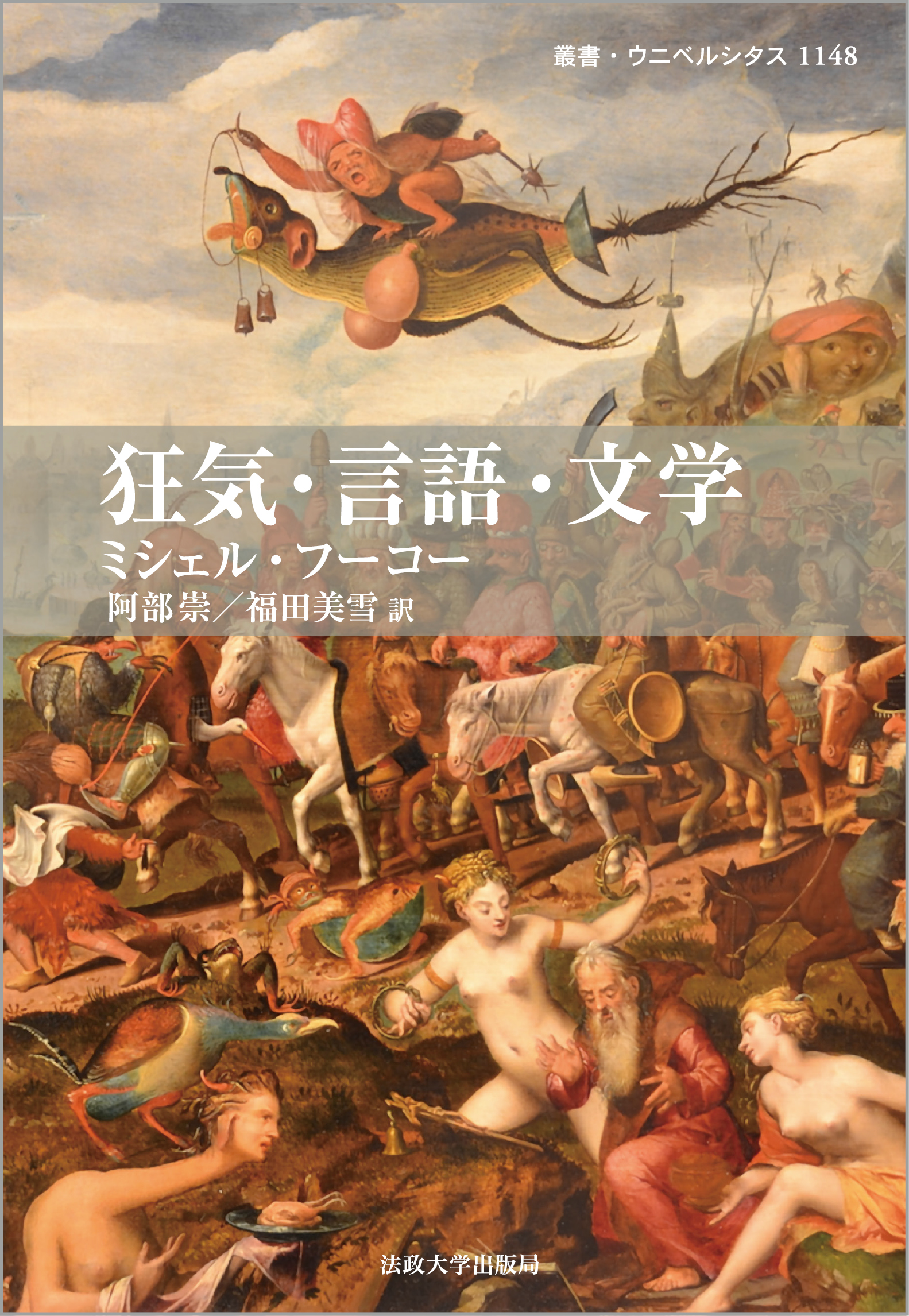
狂気・言語・文学
ミシェル・フーコー著 阿部 崇、福田美雪 訳(法政大学出版局、2022年9月刊)
-
 狂気、言語、文学は、長らくフーコーの思考の中心的な位置を占めていた。社会や文明における狂人の位置づけ、バロック演劇、アルトーやルーセルの作品に見られる狂気と言語の関係、文学と言語外的なもの、バルザックやフローベール、そして文学分析と構造主義。問いを絶えず組み立て直し、これらの主題系を照らし出す新たな光が、フーコーの思考の新たな射程と可能性を提示する。未刊の講演とテクスト。本邦初訳!
狂気、言語、文学は、長らくフーコーの思考の中心的な位置を占めていた。社会や文明における狂人の位置づけ、バロック演劇、アルトーやルーセルの作品に見られる狂気と言語の関係、文学と言語外的なもの、バルザックやフローベール、そして文学分析と構造主義。問いを絶えず組み立て直し、これらの主題系を照らし出す新たな光が、フーコーの思考の新たな射程と可能性を提示する。未刊の講演とテクスト。本邦初訳!

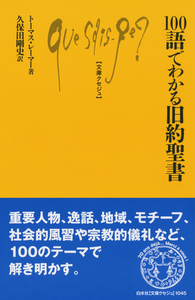
100語でわかる旧約聖書
トーマス・レーマー著 久保田剛史訳(白水社文庫クセジュ、2021年6月刊)
-
 長きにわたる伝承と修正の産物である聖書を、重要人物、逸話、地域、モチーフ、社会的風習や宗教的儀礼など100のテーマで解き明かす。
長きにわたる伝承と修正の産物である聖書を、重要人物、逸話、地域、モチーフ、社会的風習や宗教的儀礼など100のテーマで解き明かす。

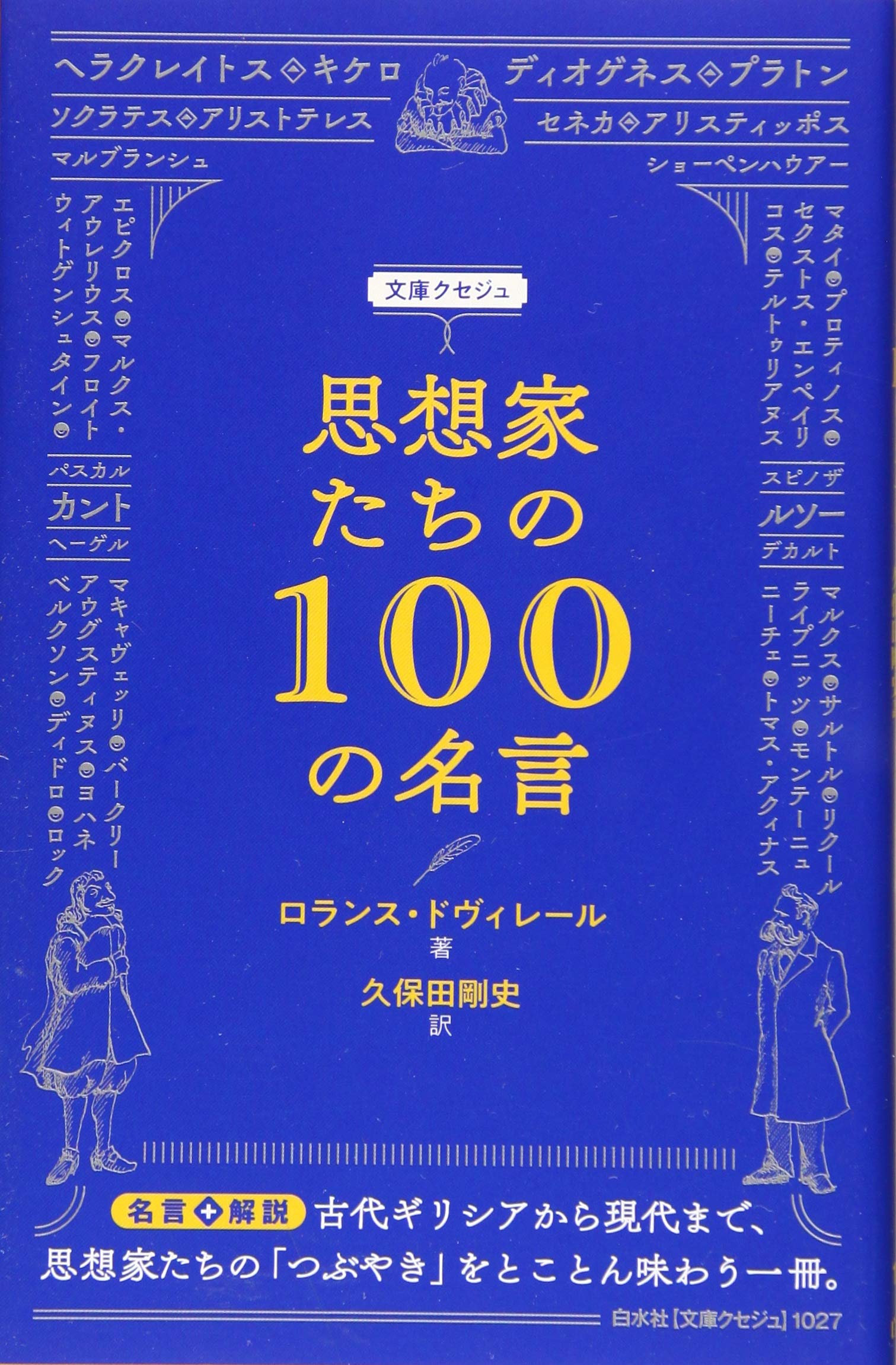
思想家たちの100の名言
ロランス・ドヴィレール著 久保田 剛史訳(白水社 文庫クセジュ、2019年4月刊)
-
 本書は古代ギリシアから二十一世紀初頭までの代表的な思想家たちの名言をとりあげ、独自の切り口で解説する。名言は、哲学者や神学者のみならず、社会思想家など多岐にわたる。彼らはそれぞれに文体をもっており、「みな美文家なのだ」と著者は述べる。ヘラクレイトスからスローターダイクまで、示唆に富んだ名言集。
本書は古代ギリシアから二十一世紀初頭までの代表的な思想家たちの名言をとりあげ、独自の切り口で解説する。名言は、哲学者や神学者のみならず、社会思想家など多岐にわたる。彼らはそれぞれに文体をもっており、「みな美文家なのだ」と著者は述べる。ヘラクレイトスからスローターダイクまで、示唆に富んだ名言集。

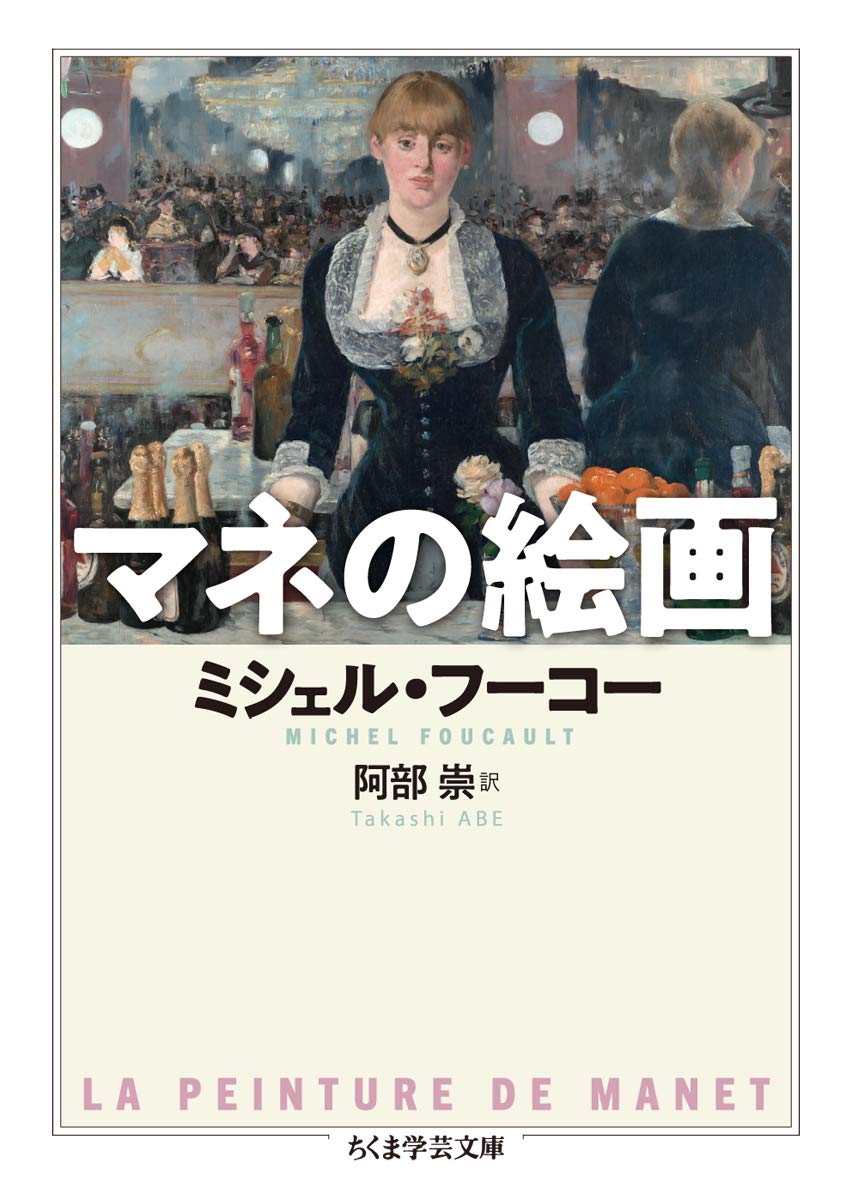
マネの絵画
ミシェル・フーコー著 阿部 崇訳(ちくま学芸文庫、2019年2月刊)
-
 19世紀美術史にマネがもたらした絵画表象のテクニックとモードの変革を、13枚の絵で読解。フーコーの伝説的講演録に没後のシンポジウムを併録。
19世紀美術史にマネがもたらした絵画表象のテクニックとモードの変革を、13枚の絵で読解。フーコーの伝説的講演録に没後のシンポジウムを併録。

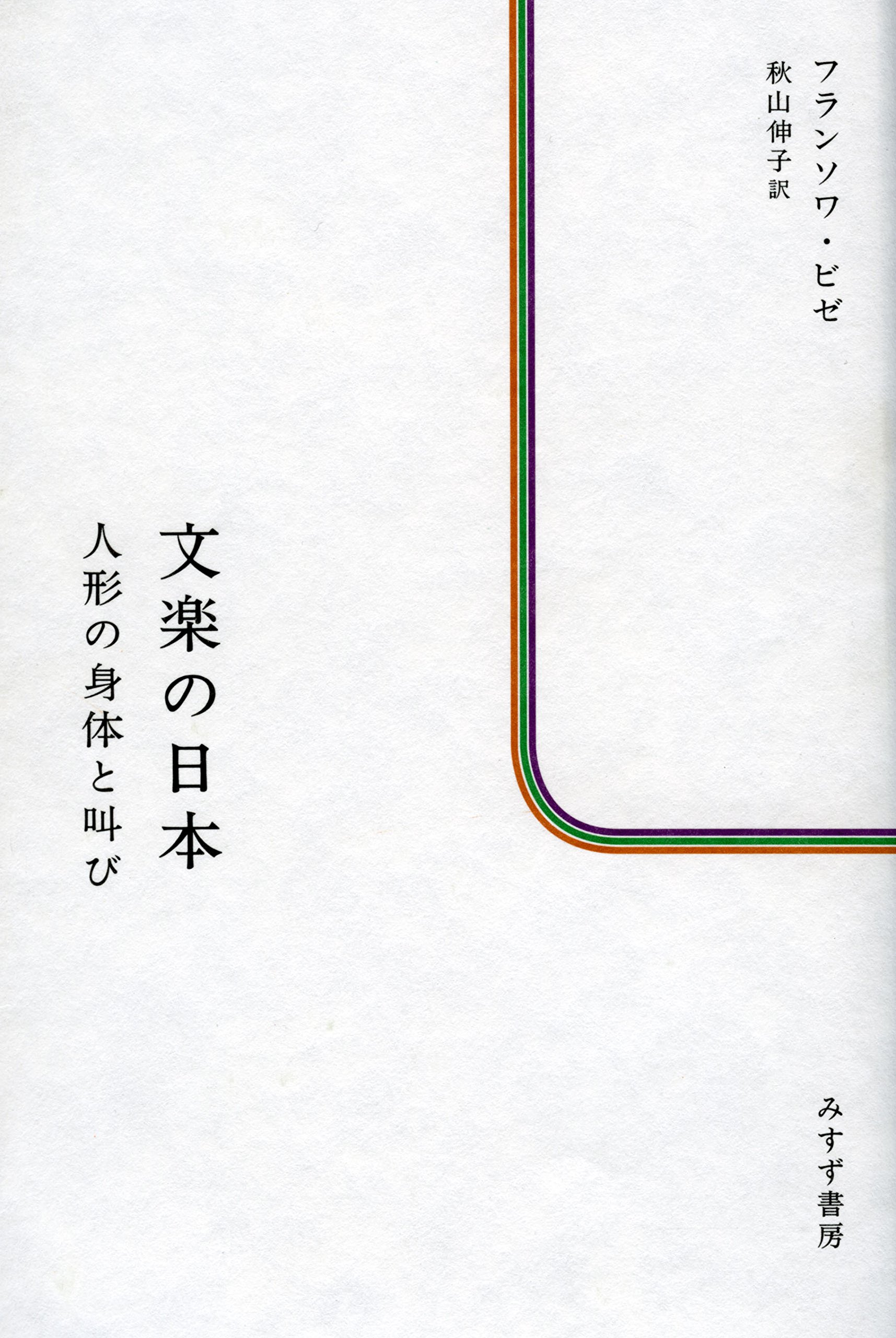
文楽の日本――人形の身体と叫び
フランソワ・ビゼ著 秋山 伸子訳(みすず書房、2016年刊)
-
 滞日十年、自身も義太夫をまなぶフランスの批評家による、体験的文楽論。 バタイユ、ギュヨタなどを援用しつつ、ロラン・バルト『記号の国』に連なっていく批評には 新鮮な魅力があり、これまでの文楽の見方を一変させる。 創見とエスプリにみちた身体芸術論。
滞日十年、自身も義太夫をまなぶフランスの批評家による、体験的文楽論。 バタイユ、ギュヨタなどを援用しつつ、ロラン・バルト『記号の国』に連なっていく批評には 新鮮な魅力があり、これまでの文楽の見方を一変させる。 創見とエスプリにみちた身体芸術論。

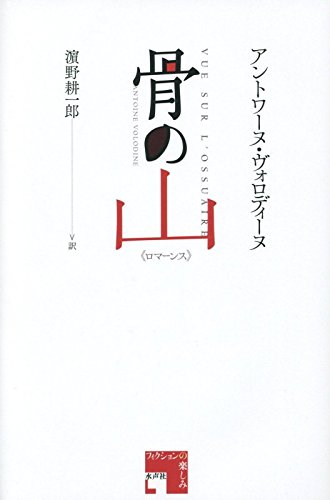
骨の山
アントワーヌ・ヴォロディーヌ著 濱野 耕一郎訳(水声社、2015年刊)
-
 〈オルビーズ〉の精神のもと、夫のジャンとともに<コロニー>のために闘い、収容所に送られることとなったマリア・サマルカンド。革命の希望さえ失われた終末論的世界で、マリアとジャンの紡ぐ、もの悲しくも美しい夢想の書。 《ポスト・エグゾチスム》という新しい文学運動の創始者であり、複数のペンネームで独自の世界観を生み出し続ける奇才による、<監禁学>小説。
〈オルビーズ〉の精神のもと、夫のジャンとともに<コロニー>のために闘い、収容所に送られることとなったマリア・サマルカンド。革命の希望さえ失われた終末論的世界で、マリアとジャンの紡ぐ、もの悲しくも美しい夢想の書。 《ポスト・エグゾチスム》という新しい文学運動の創始者であり、複数のペンネームで独自の世界観を生み出し続ける奇才による、<監禁学>小説。

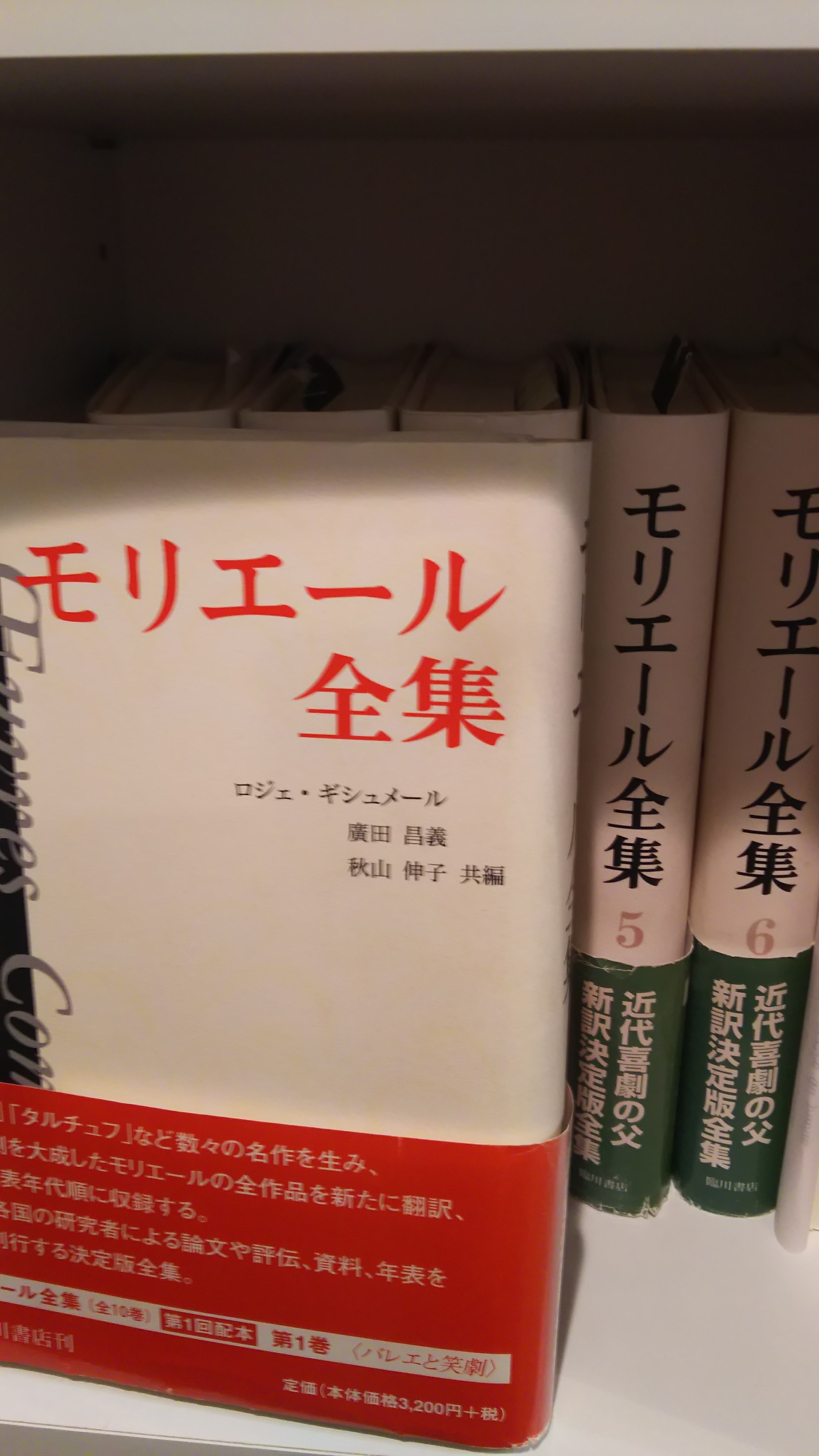
モリエール全集(全10巻)
R. ギシュメール・広田 昌義・秋山 伸子共編(臨川書店 2000年 4月〜2003年 3月刊)
※第10回日仏翻訳文学賞受賞
-
 作品はすべて新訳で、翻訳の多くは新進気鋭のモリエール研究者、秋山伸子の手になるものである。訳者が若い研究者だけに、今の若い読者向けにわかりやすい訳文で、作品の題名も新しくなっている。第1巻の冒頭に、詩句の一部をモリエールが書いたとされる『相容れないものたちのバレエ』を置いているが、そこにこの全集の重要な意図が現れている。秋山が示しているように、コメディ=バレエの登場人物や構造はバレエ抜きの劇作品にも大きな関連性を持っている(第7巻所収の論考「モリエールのコメディ=バレエと他作品の関係」を参照)。 フランスでの博士論文のテーマがコメディ = バレエだった訳者としてはこのバレエ台本も欠かせなかったのであり、これこそが本全集の特色である。日本ではモリエールの喜劇は、ともするとその社会風刺だけが強調されがちだったが、このように彼のコメディ=バレエの側面が多彩に翻訳され、仏伊の研究者による笑劇的側面の解明が紹介され、新たな読解が示されると、より一層モリエール喜劇の多面性、多彩さが理解されることになるだろう。(伊藤 洋・『悲劇喜劇』2001年12月号より)
作品はすべて新訳で、翻訳の多くは新進気鋭のモリエール研究者、秋山伸子の手になるものである。訳者が若い研究者だけに、今の若い読者向けにわかりやすい訳文で、作品の題名も新しくなっている。第1巻の冒頭に、詩句の一部をモリエールが書いたとされる『相容れないものたちのバレエ』を置いているが、そこにこの全集の重要な意図が現れている。秋山が示しているように、コメディ=バレエの登場人物や構造はバレエ抜きの劇作品にも大きな関連性を持っている(第7巻所収の論考「モリエールのコメディ=バレエと他作品の関係」を参照)。 フランスでの博士論文のテーマがコメディ = バレエだった訳者としてはこのバレエ台本も欠かせなかったのであり、これこそが本全集の特色である。日本ではモリエールの喜劇は、ともするとその社会風刺だけが強調されがちだったが、このように彼のコメディ=バレエの側面が多彩に翻訳され、仏伊の研究者による笑劇的側面の解明が紹介され、新たな読解が示されると、より一層モリエール喜劇の多面性、多彩さが理解されることになるだろう。(伊藤 洋・『悲劇喜劇』2001年12月号より)

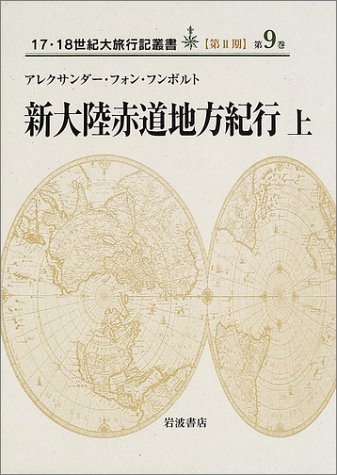
新大陸赤道地方紀行(全3巻)
アレクサンダー・フォン・フンボルト著 大野 英二郎・荒木 善太訳( 17・18世紀大旅行記叢書第 II 期・岩波書店 2001年12月〜 2003年9月刊)
-
 アレクサンダー・フォン・フンボルトの『新大陸赤道地方紀行』が、ついに日本語で読めるようになった。ダーウィンがビーグル号に乗船したとき参考にした書物の一つなのに、この名著が翻訳される日はなかなか巡ってこなかった。しかし、その理由を想像することは難しくない。あまりにも広汎な分野にわたるフンボルトの関心と知識とに、わたしたちがとてもついていけなかったからである。 この『紀行』にあって、もっとも興味深いエピソードの一つに「電気と魚」の話がある(本書中巻172頁以下を参照)。この話が18〜19世紀に活動した博物学者の知の広がりを実感させるのは、フンボルトが無機的な放電現象と、きわめて珍しい南米のデンキウナギに関する有機的・生理的現象を、ともに同質の熱狂をもって観察しているからである。フンボルトにとって最大の関心は、電気・磁気・地震といった無機的現象が生命と自然、すなわち有機的現象にどのような影響を及ぼすかという壮大な問題だった。 フンボルトは一方で、地球を最も高くから、あるいは最も低くから眺めようとした19世紀最大の「地球見物人」でもあった。彼のすべての関心を、最終的に一点に絞り込むことになる主題は「地球観相学」の探求であり、「景観の本質」の発見である。平易に言いかえるならば、地球の眺めの成因を知ることであった。フンボルト以前、旅行者は世界を緯度と経度、海と陸とに分けて、碁盤のごとき世界観を構築していた。しかしフンボルトは、そのような幾何学的な視点に留まることなく、高低、気温、磁気、気象といった環境性、すなわち多様な自然の装飾をも加味している。その結果、フンボルトは赤道直下にあるチンボラソ山などの高山にも雪線が存在するという、多様で動的な景観を認めた。 個々の環境効果は、しばしば測定値を大きく上まわる影響を人間の心に与える。計測者に自信を失わせるほどの力で、その効果は人間の目と心に影響し、驚異や感動や恐怖の生理的反応を惹起させる。それはまさに、効果を計算して特殊な演出が行われるピクチャレスク・アートのライブ版なのである。この本にはそのような記述が満載され、飽くことがない。(荒俣 宏『図書』2004年4月号より)
アレクサンダー・フォン・フンボルトの『新大陸赤道地方紀行』が、ついに日本語で読めるようになった。ダーウィンがビーグル号に乗船したとき参考にした書物の一つなのに、この名著が翻訳される日はなかなか巡ってこなかった。しかし、その理由を想像することは難しくない。あまりにも広汎な分野にわたるフンボルトの関心と知識とに、わたしたちがとてもついていけなかったからである。 この『紀行』にあって、もっとも興味深いエピソードの一つに「電気と魚」の話がある(本書中巻172頁以下を参照)。この話が18〜19世紀に活動した博物学者の知の広がりを実感させるのは、フンボルトが無機的な放電現象と、きわめて珍しい南米のデンキウナギに関する有機的・生理的現象を、ともに同質の熱狂をもって観察しているからである。フンボルトにとって最大の関心は、電気・磁気・地震といった無機的現象が生命と自然、すなわち有機的現象にどのような影響を及ぼすかという壮大な問題だった。 フンボルトは一方で、地球を最も高くから、あるいは最も低くから眺めようとした19世紀最大の「地球見物人」でもあった。彼のすべての関心を、最終的に一点に絞り込むことになる主題は「地球観相学」の探求であり、「景観の本質」の発見である。平易に言いかえるならば、地球の眺めの成因を知ることであった。フンボルト以前、旅行者は世界を緯度と経度、海と陸とに分けて、碁盤のごとき世界観を構築していた。しかしフンボルトは、そのような幾何学的な視点に留まることなく、高低、気温、磁気、気象といった環境性、すなわち多様な自然の装飾をも加味している。その結果、フンボルトは赤道直下にあるチンボラソ山などの高山にも雪線が存在するという、多様で動的な景観を認めた。 個々の環境効果は、しばしば測定値を大きく上まわる影響を人間の心に与える。計測者に自信を失わせるほどの力で、その効果は人間の目と心に影響し、驚異や感動や恐怖の生理的反応を惹起させる。それはまさに、効果を計算して特殊な演出が行われるピクチャレスク・アートのライブ版なのである。この本にはそのような記述が満載され、飽くことがない。(荒俣 宏『図書』2004年4月号より)

